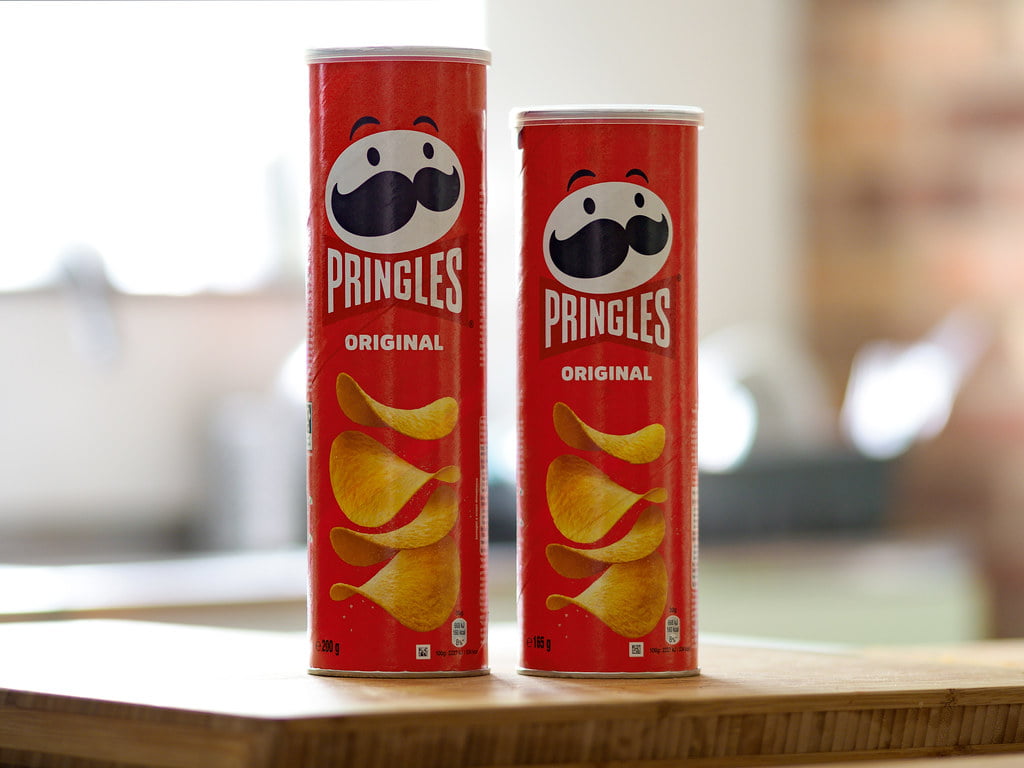In today’s consumer-driven world, it is important to be aware of the various factors that can affect our purchasing power. One such factor that often goes unnoticed is shrinkflation. But what exactly is shrinkflation? Simply put, shrinkflation refers to the practice of reducing the size or quantity of a product while keeping its price the same. This sneaky tactic is often employed by manufacturers as a way to maintain profit margins without directly increasing prices.
What is shrinkflation?
Shrinkflation occurs when manufacturers reduce the size of a product without reducing its price. For example, have you ever noticed that your favorite chocolate bar is suddenly smaller, yet the price remains unchanged? That’s shrinkflation in action. It is a clever way for companies to cut costs and maintain profitability without arousing the suspicion of consumers. The reduction in size may be subtle and often goes unnoticed, but over time, it can have a significant impact on our wallets.
Is shrinkflation the same as inflation?
Although the effects of shrinkflation may resemble those of inflation, they are not the same thing. Inflation refers to the general increase in prices across an economy, resulting in a decrease in the purchasing power of money. Shrinkflation, on the other hand, is a specific tactic employed by manufacturers to maintain profit margins without increasing prices. While both inflation and shrinkflation can erode consumer purchasing power, they operate in different ways. It is important to understand the distinction between the two in order to navigate the complex world of consumer economics.
Examples of shrinkflation
Shrinkflation is a widespread phenomenon that can be observed in various industries. Let’s take a look at a few examples to better understand its impact. One classic example is the shrinking size of cereal boxes. Over the years, we have seen cereal boxes gradually decrease in size, while the price remains unchanged. Another common example is the reduction in the number of diapers in a pack, while the price remains the same. Even household products like toilet paper and cleaning supplies are not immune to shrinkflation. These subtle changes may seem inconsequential, but they add up over time, affecting our purchasing power.
The impact of on consumer purchasing power
Shrinkflation can have a significant impact on consumer purchasing power. While the reduction in size may seem small, it can result in a substantial increase in the cost per unit. For example, if a chocolate bar is reduced in size by 10%, the cost per gram increases by 10%. Over time, these seemingly small changes can add up, leading to a decrease in the value we receive for our money. Ultimately, this can limit our ability to buy the same quantity of goods and services, affecting our overall standard of living.
Shrinkflation in Canada
Shrinkflation is not limited to a particular country or region. It is a global phenomenon that affects consumers worldwide, including Canada. Canadian consumers have also experienced the impact of shrinkflation on their purchasing power. From food products to household items, the reduction in size without a corresponding decrease in price has become a common practice. It is essential for Canadian consumers to be aware of this trend and take proactive measures to protect their purchasing power.
Ways to combat the effects of shrinkflation
While shrinkflation may seem like an inevitable reality, there are ways to combat its effects. The first step is consumer awareness and education. By being aware of shrinkflation and actively seeking information about product sizes and prices, consumers can make more informed decisions. It is important to read product labels carefully and compare prices per unit to ensure that we are getting the best value for our money. Additionally, exploring alternative brands or products can also help mitigate the impact of shrinkflation.
Consumer awareness and education
Consumer awareness and education play a crucial role in combating the effects of shrinkflation. By staying informed and being vigilant, consumers can make more informed purchasing decisions. Educating ourselves about the tactics employed by manufacturers and understanding the impact of shrinkflation on our purchasing power empowers us to take control of our finances. By spreading awareness through social media, consumer advocacy groups, and educational campaigns, we can encourage a more transparent marketplace that works in the best interest of consumers.
The role of government in regulating shrinkflation
In addition to consumer awareness, government regulation can also play a significant role in addressing shrinkflation. Governments can introduce legislation to ensure that manufacturers are transparent about any changes in product size or quantity. By requiring clear labeling and disclosure of any shrinkflation practices, consumers can make informed choices. Moreover, regulatory bodies can monitor and enforce compliance to hold manufacturers accountable. By creating a fair and transparent marketplace, governments can help protect consumer purchasing power.
Future trends in shrinkflation
As consumer preferences and economic conditions evolve, it is important to consider future trends in shrinkflation. With advancements in technology and manufacturing processes, manufacturers may find new ways to reduce costs while maintaining profit margins. We may witness more subtle forms of shrinkflation that are harder to detect, making it even more important for consumers to stay informed. Additionally, as the global economy continues to face challenges, the prevalence of shrinkflation may increase. By staying vigilant and adapting to changing market dynamics, consumers can navigate the complex landscape of shrinkflation.
Conclusion
In conclusion, shrinkflation is a hidden trend that affects consumer purchasing power. It is important for consumers to understand what shrinkflation is and its impact on their wallets. By being aware of the practice and actively seeking information, consumers can make more informed purchasing decisions. Consumer awareness and education, along with government regulation, can help combat the effects of shrinkflation. As consumers, we have the power to protect our purchasing power and ensure a fair and transparent marketplace. Let’s stay informed, be vigilant, and make choices that align with our best interests.



